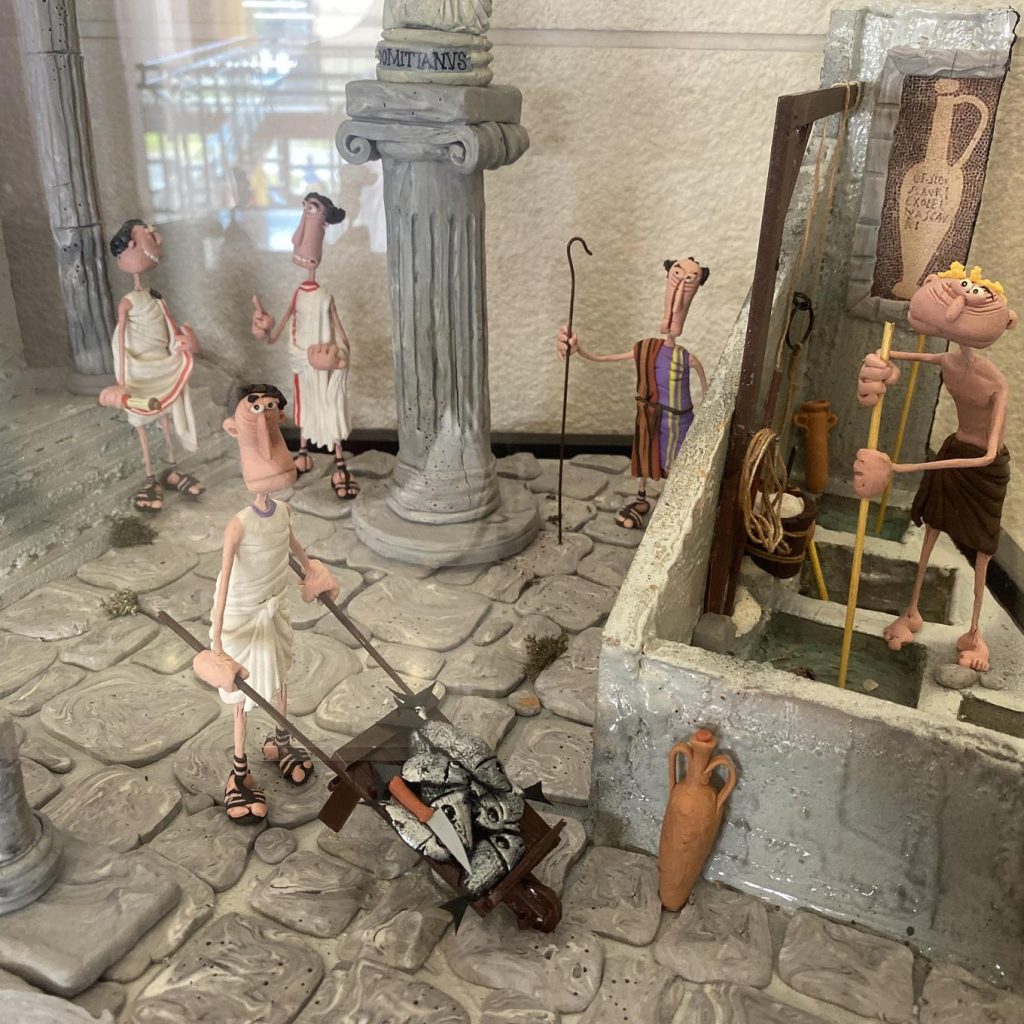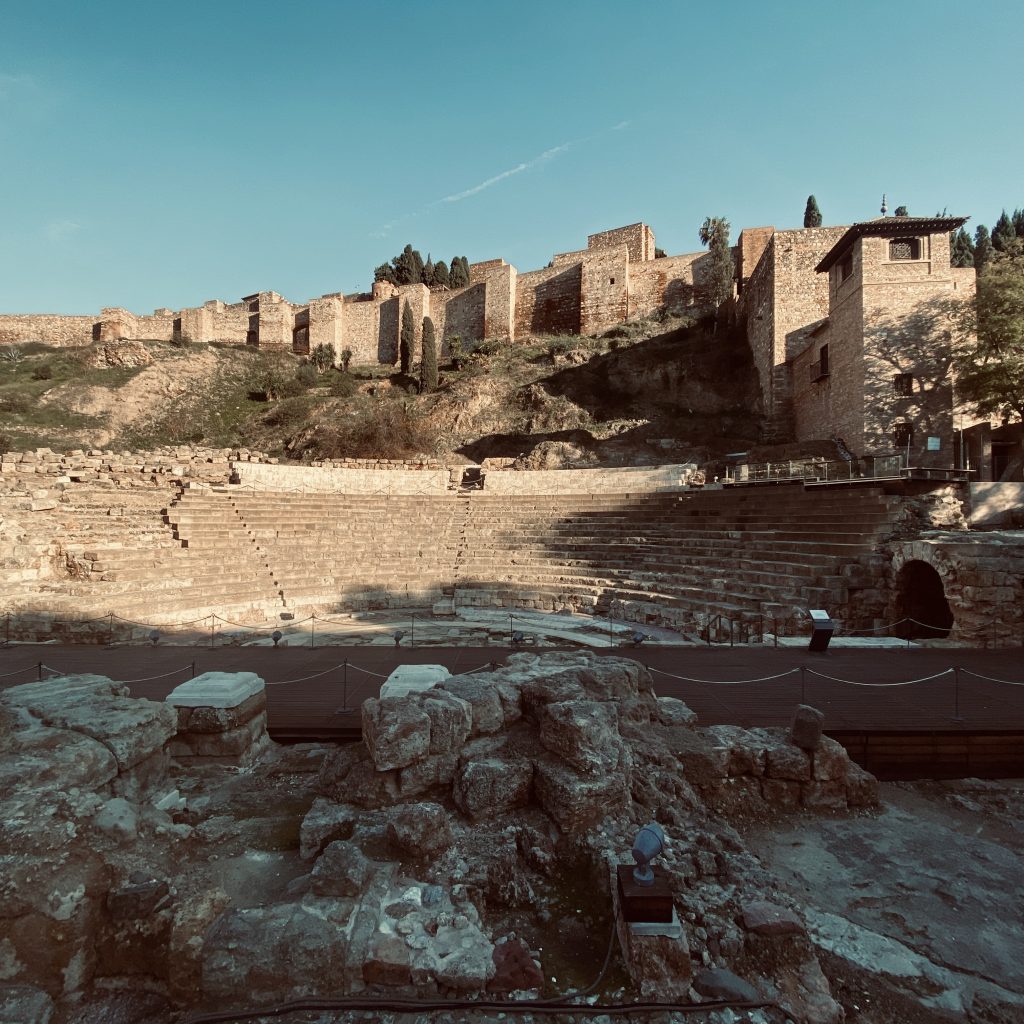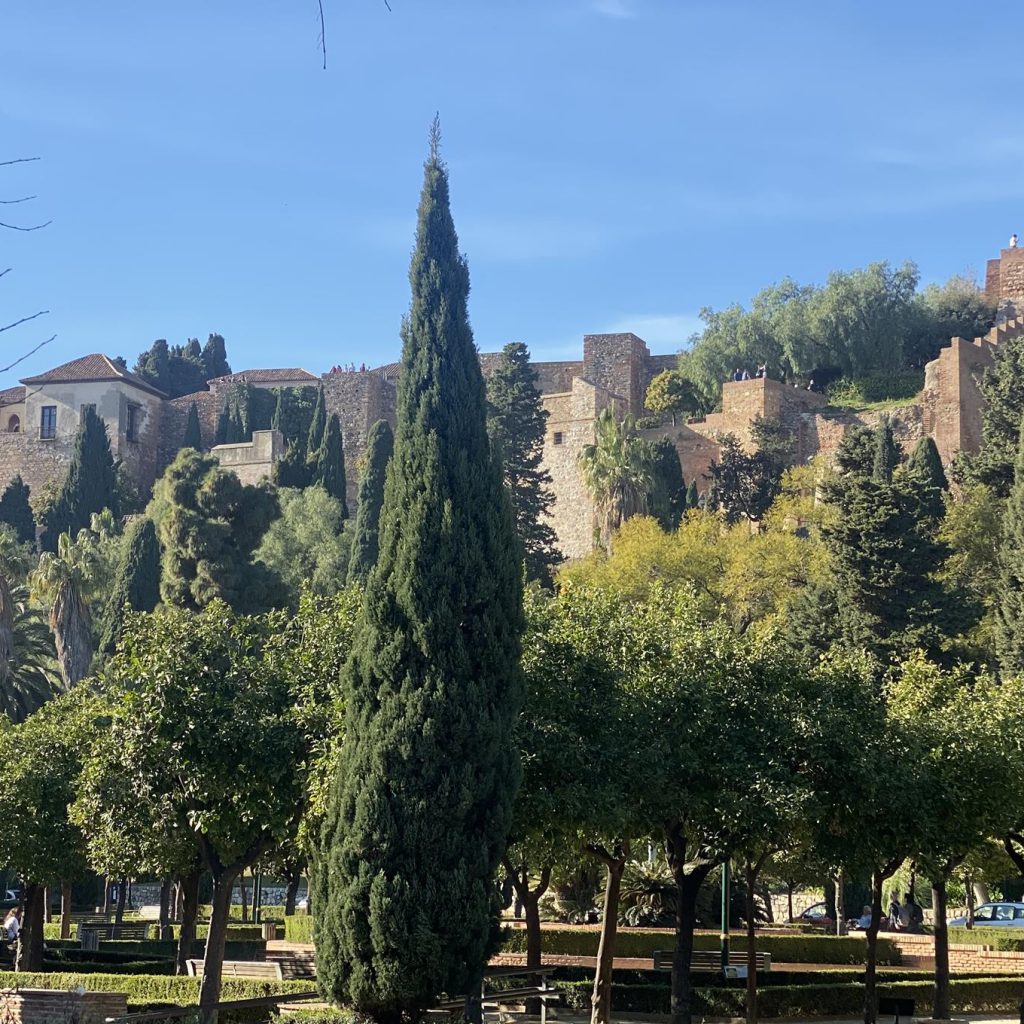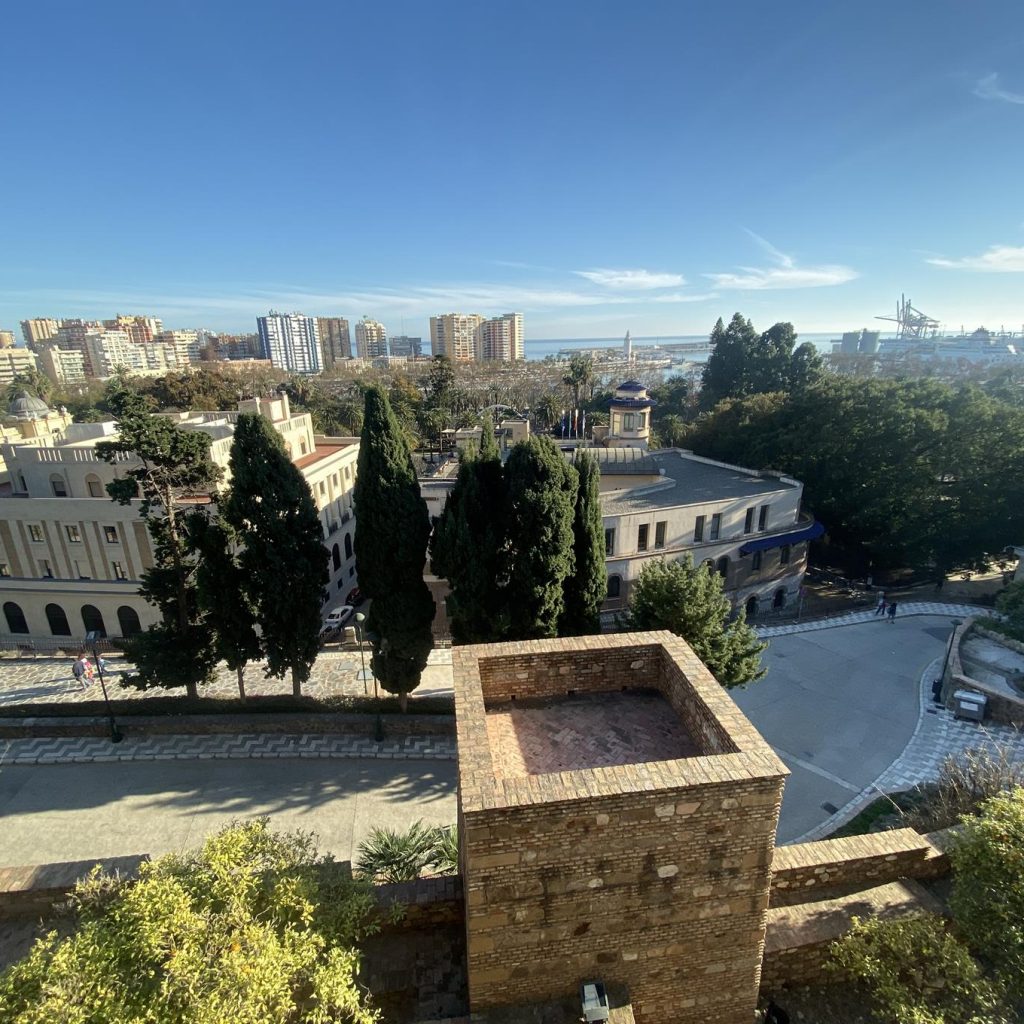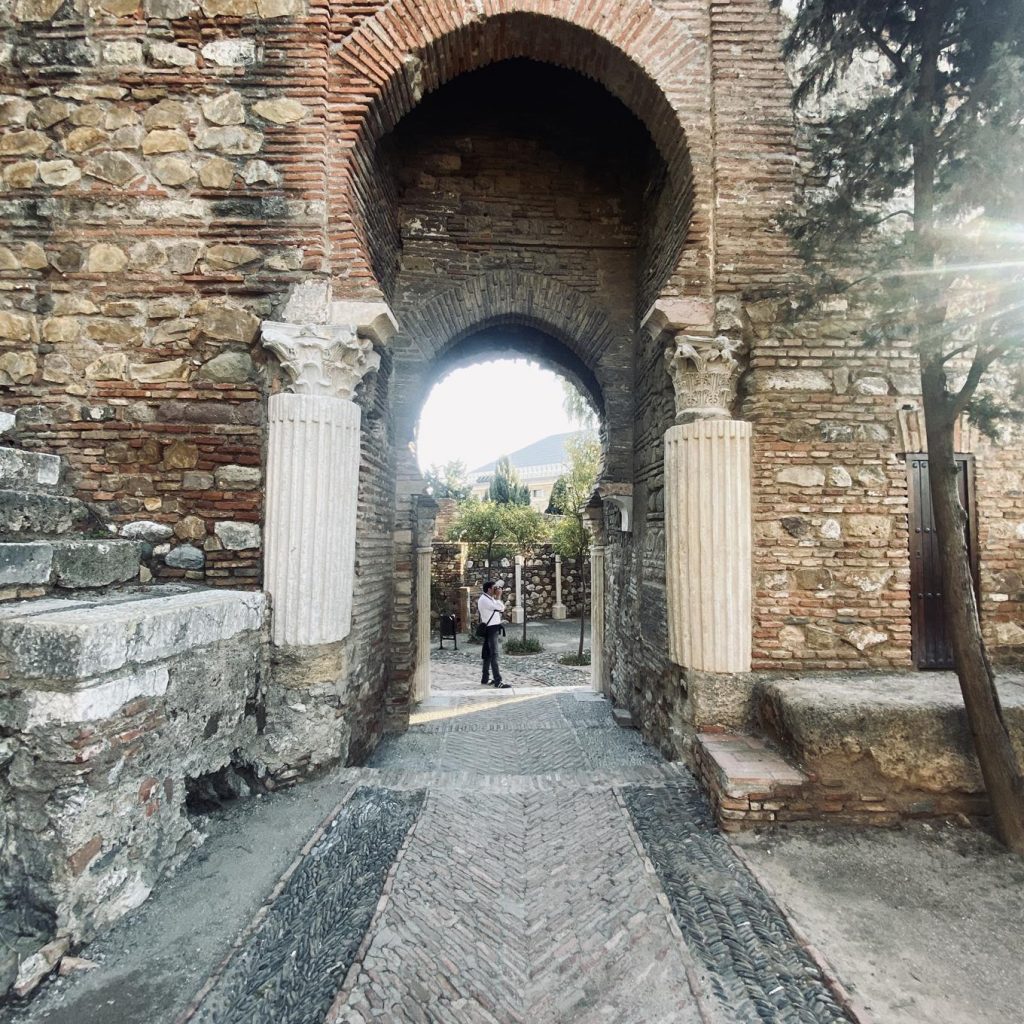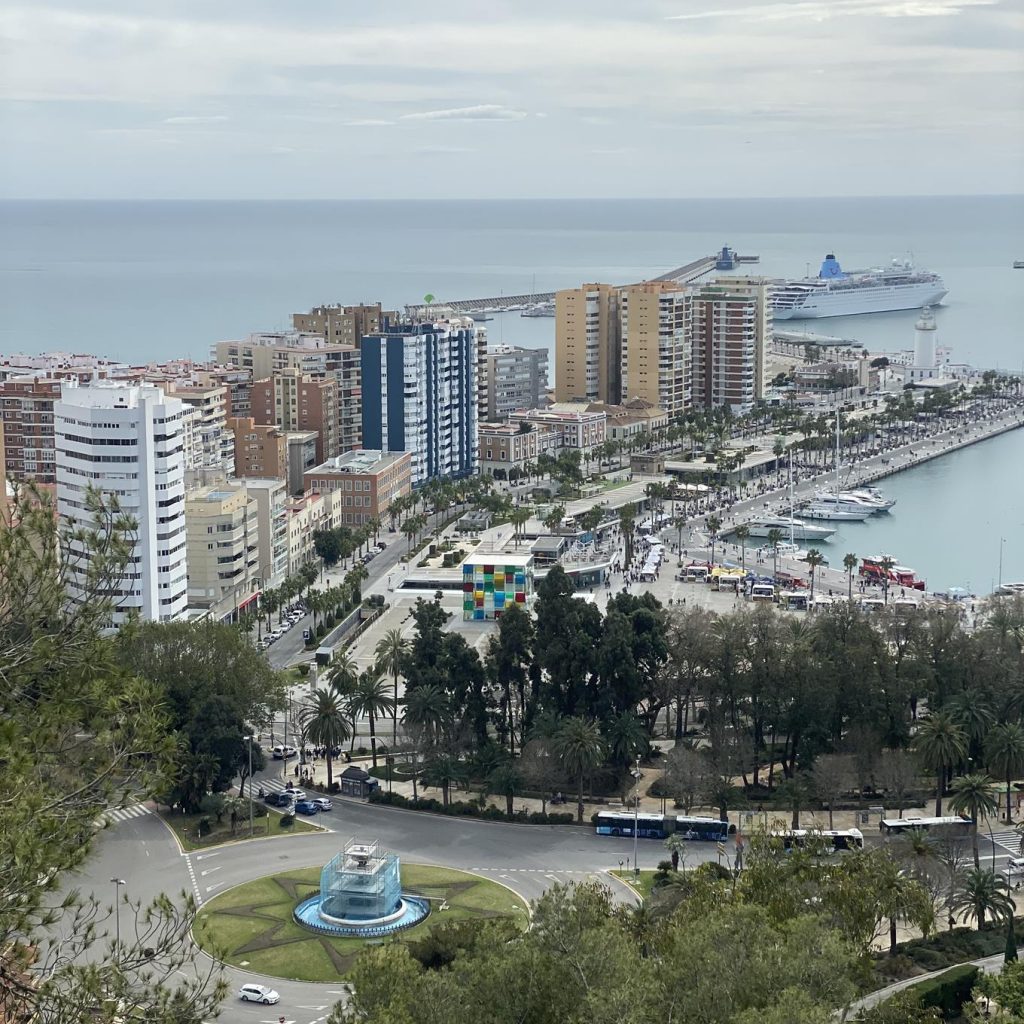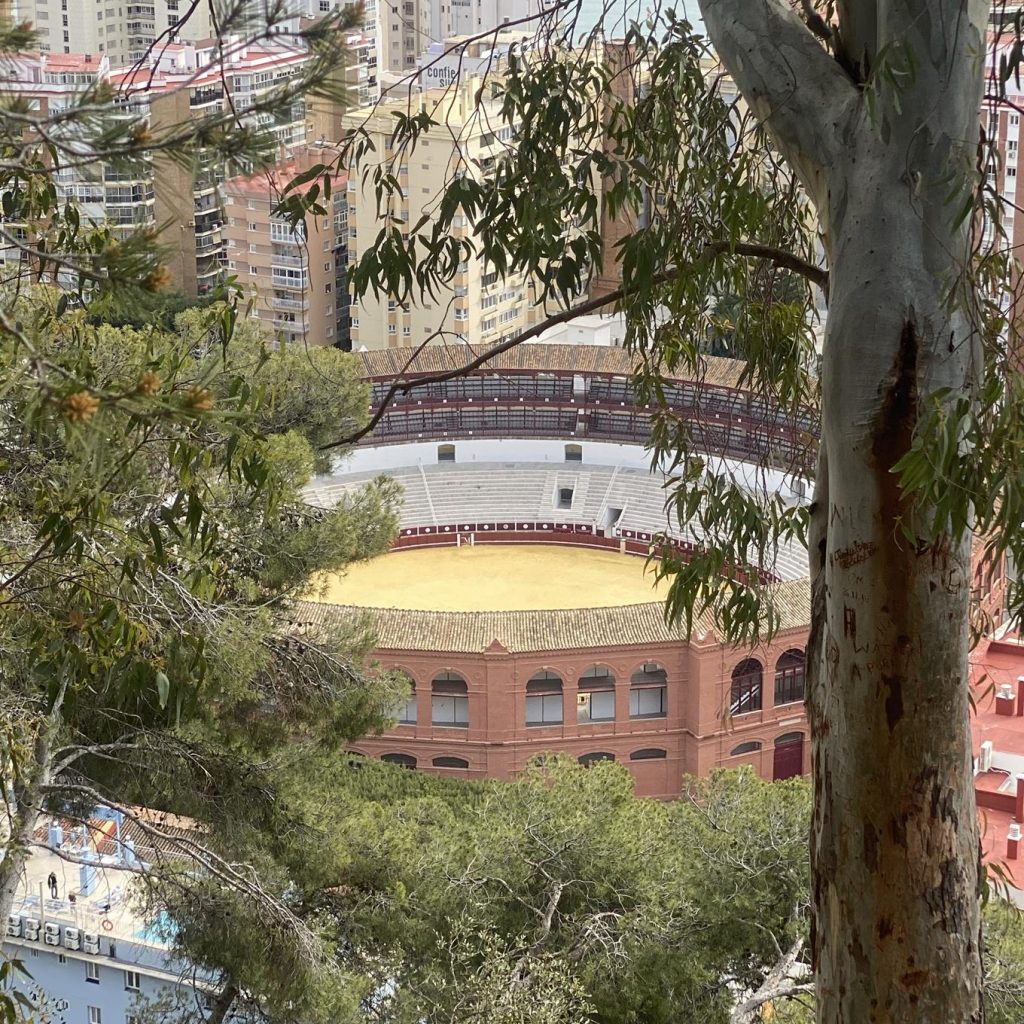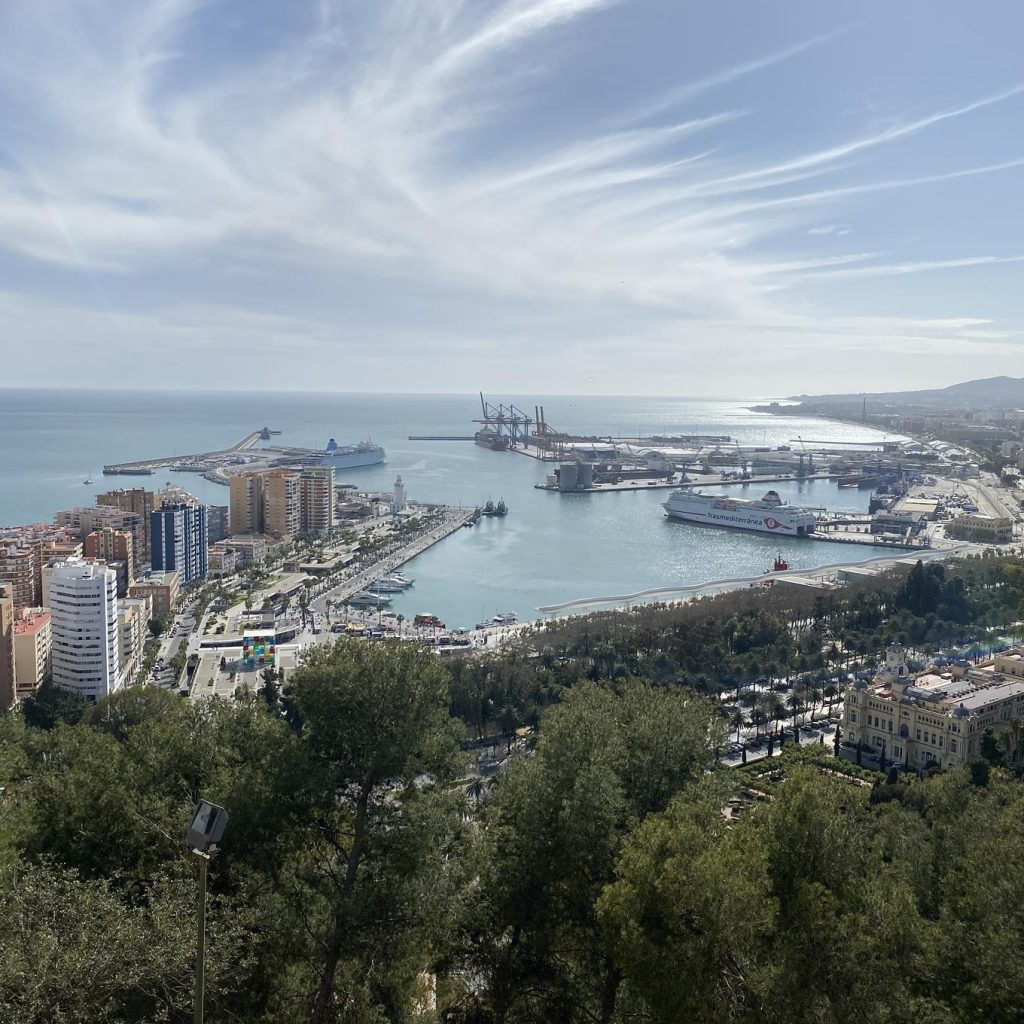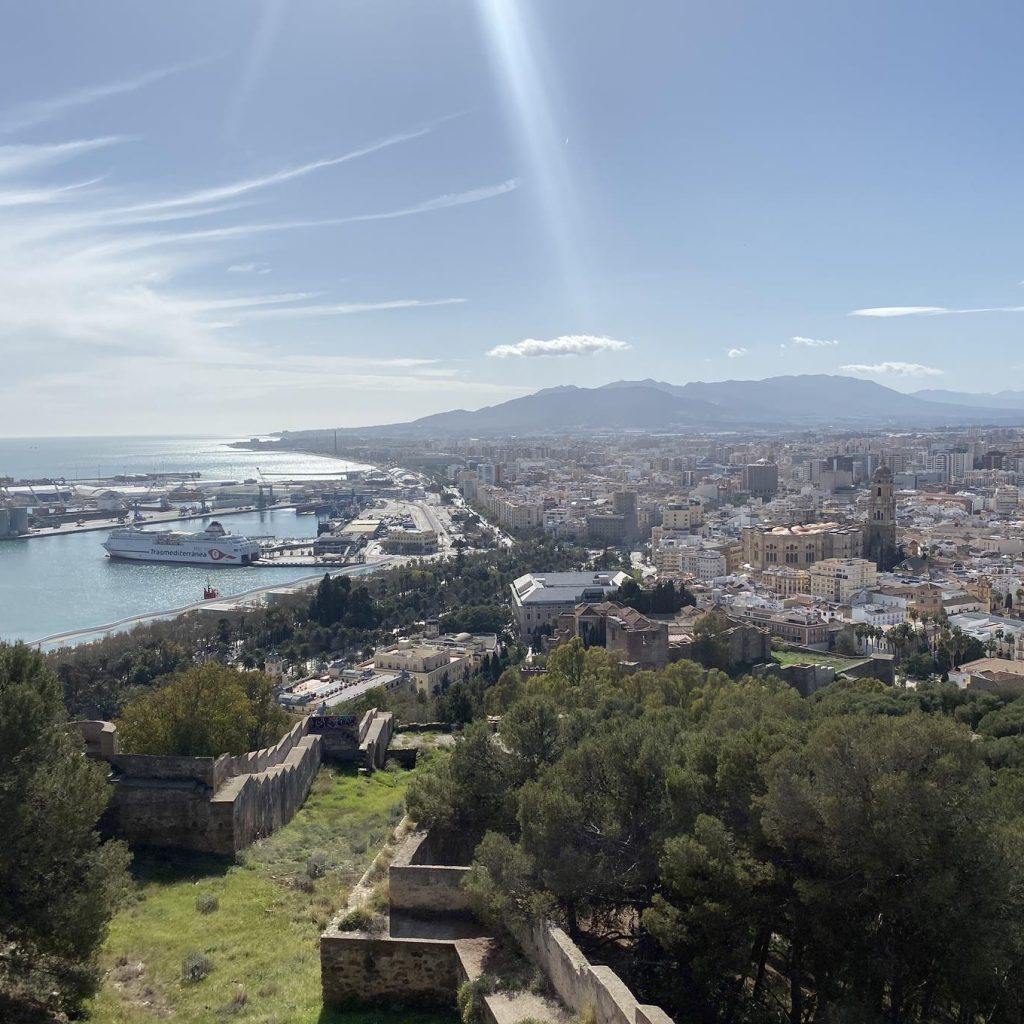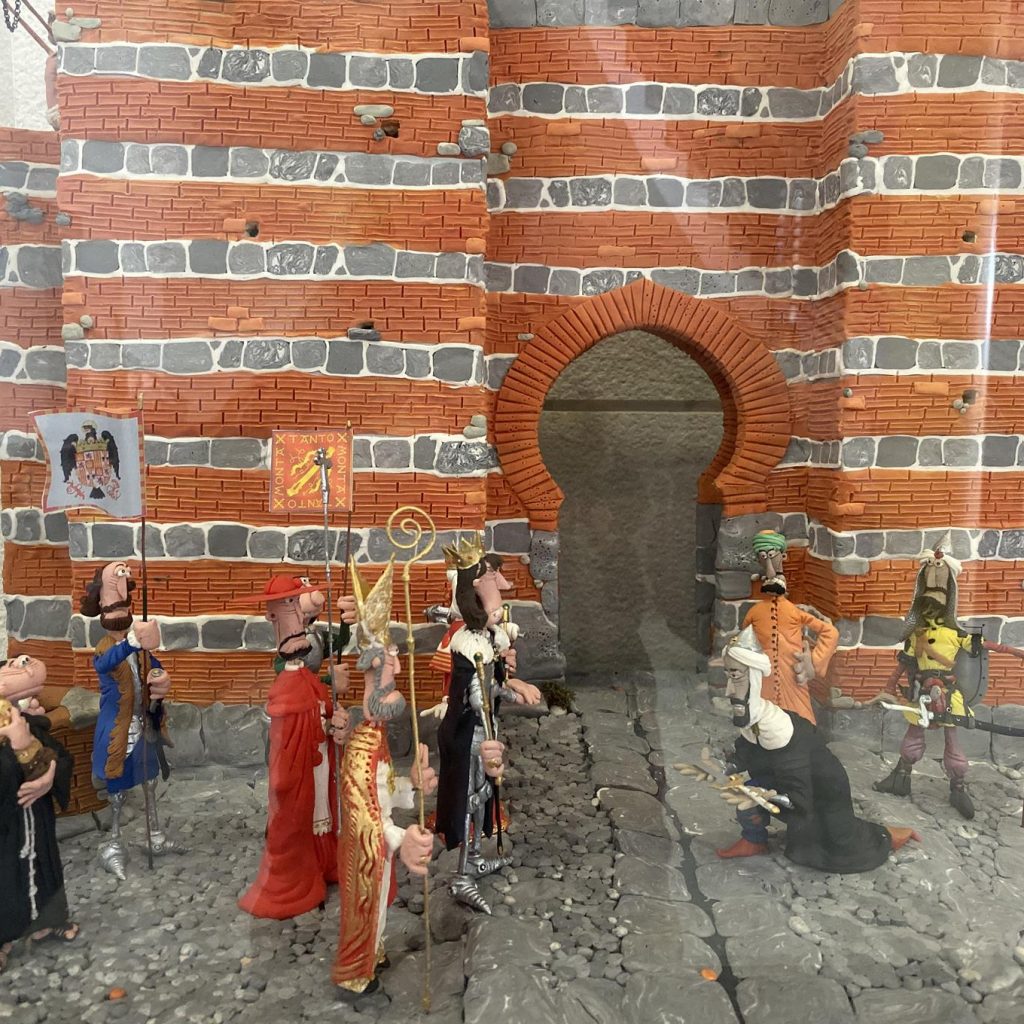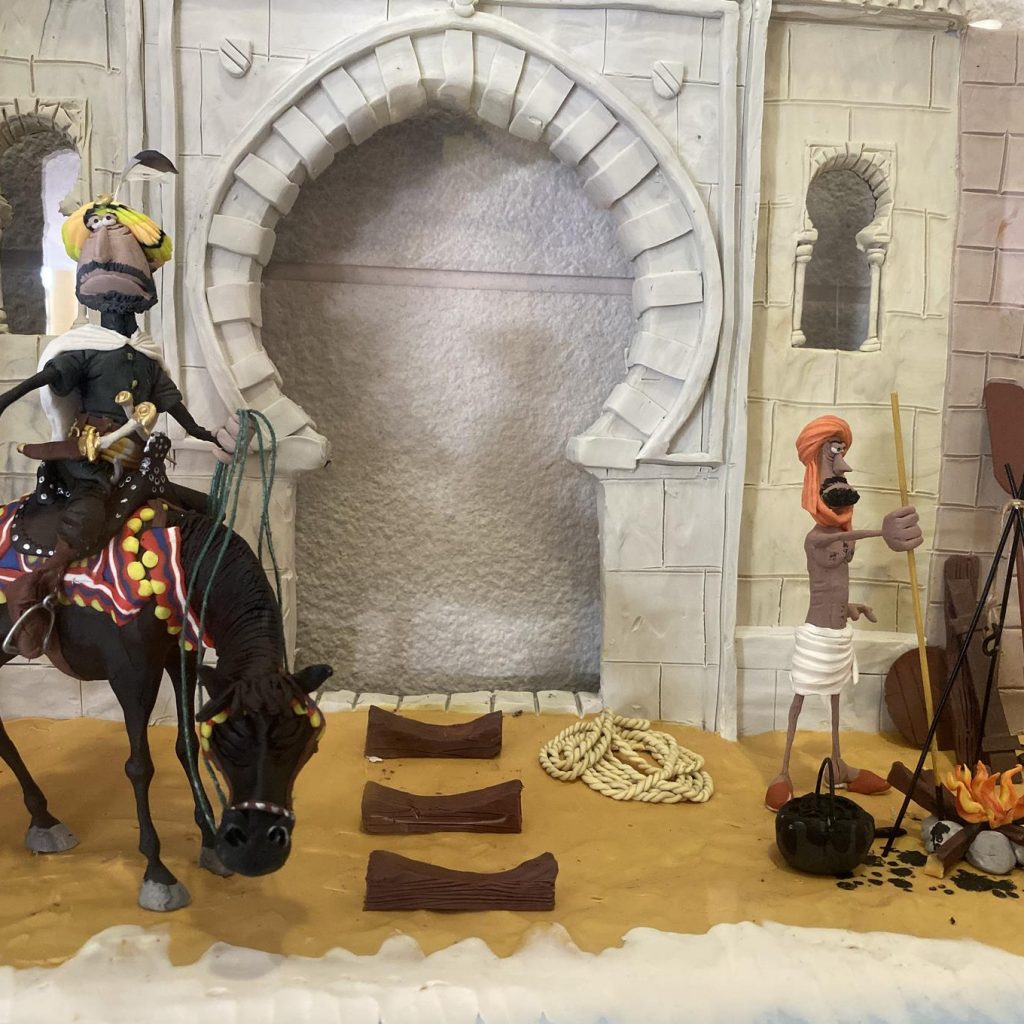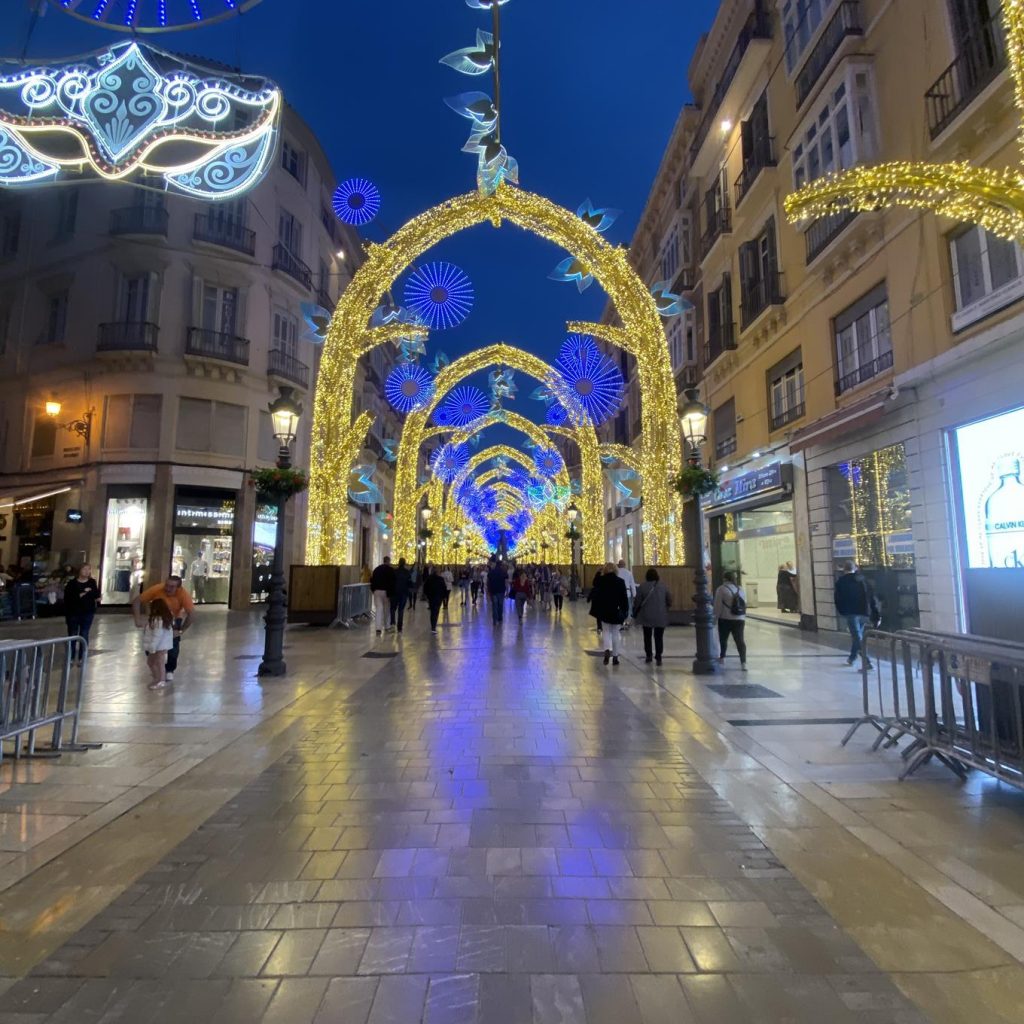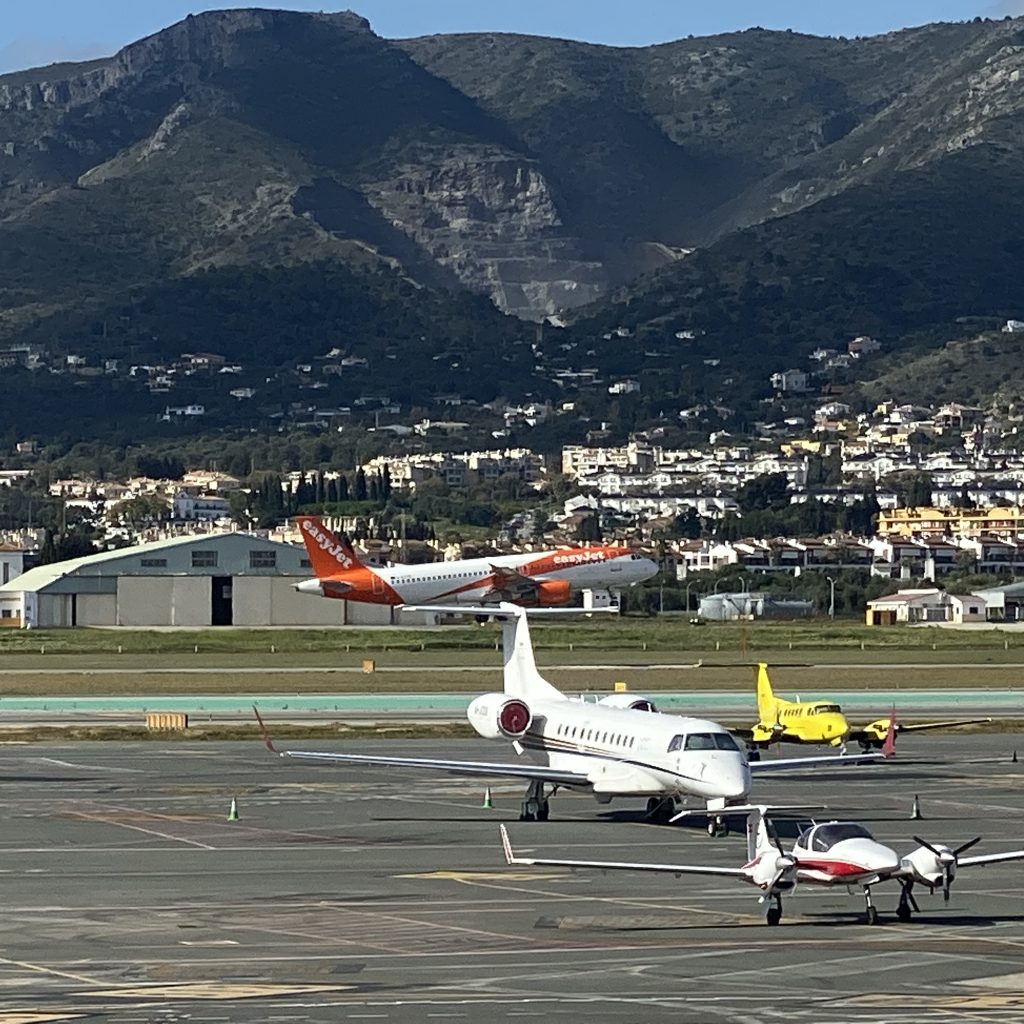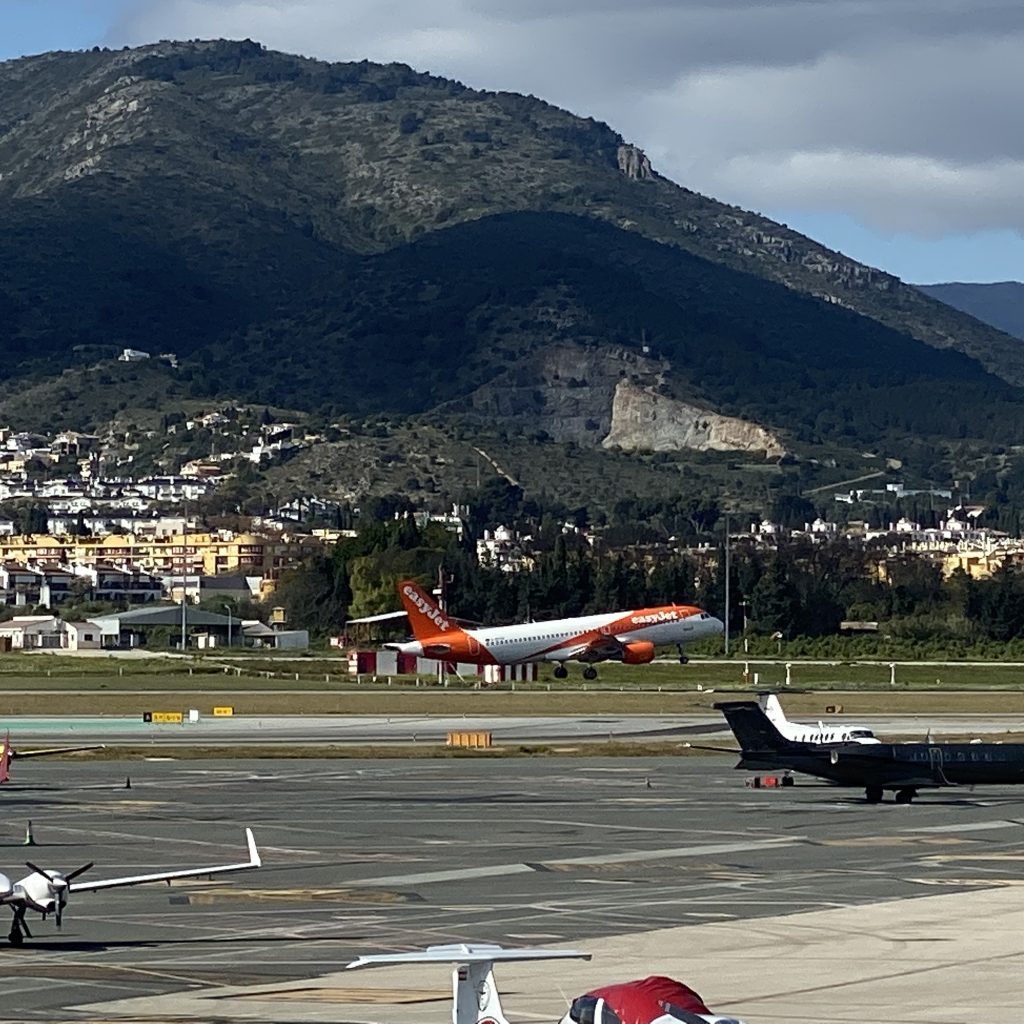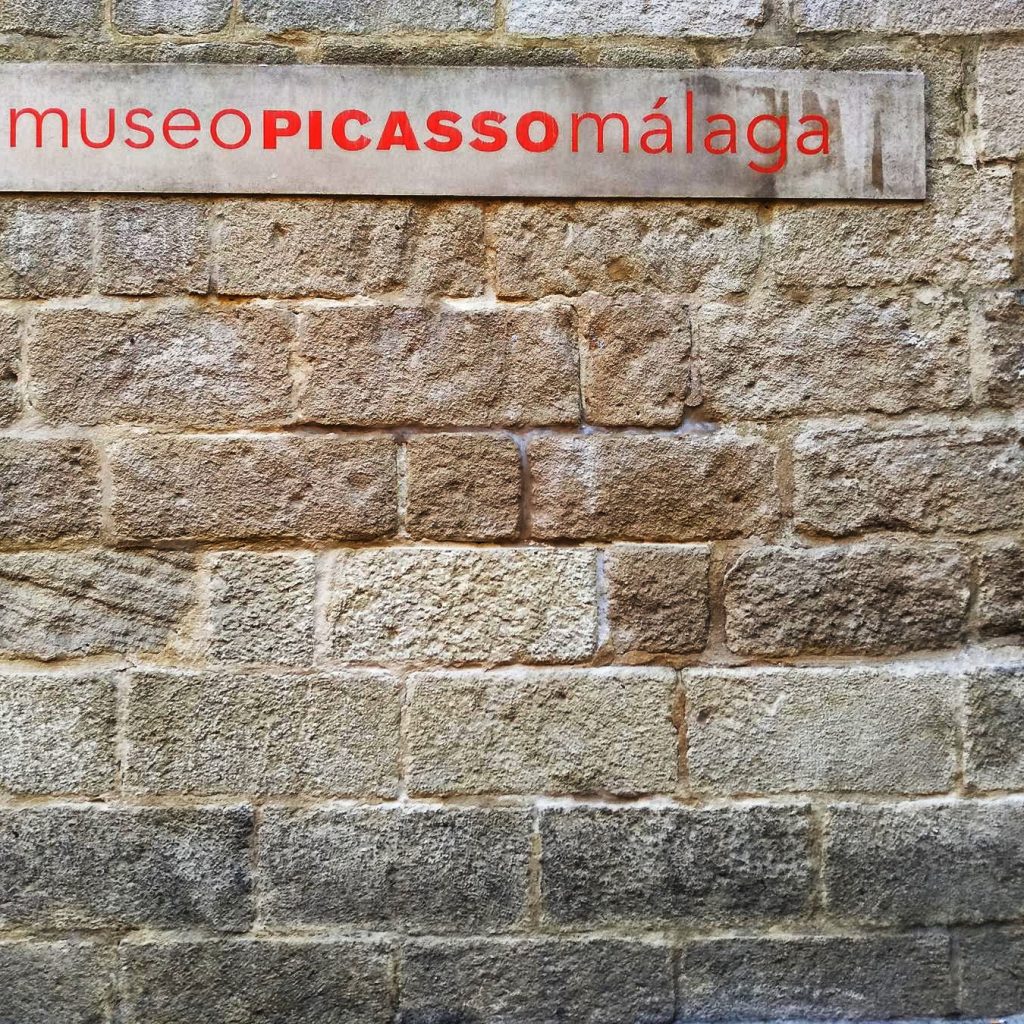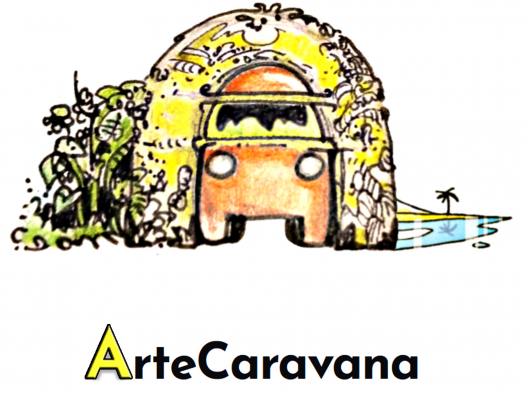
Leather handicraft straight from the workshop on four wheels
Wandering through Iberian lands
What does the Greek word “malaka” have to do with the Spanish coast of the sun – Costa del Sol? Do you know in which Spanish city an aphrodisiac from fermented fish guts was made? In the same where Pablo Picasso and Antonio Banderas were born. Today we will tell you the history of Malaga.
06/05/2020 2:20 PM
Did you know that the word "malaka" is one of the most used words in Greek? We can call someone we know „malaka” and then it means something like „dude” or „man”, if we call someone we don't know „malaka” it acquires a pejorative and even vulgar meaning and it can be translated as "asshole" or even "son of a bitch", so you use it with strangers only if you do not want to establish a closer relationship. What does the word "malaka" have to do with the sunny coast of Spanish Andalusia? Well, Malaka is a settlement created by the Phoenicians in the 8th century BC. in the place where today is Malaga - the capital of the province, one of the oldest cities in Europe, the second largest city of Andalusia and the place where Pablo Picasso and Antonio Banderas were born.

The Phoenicians founded the village of Malaka at the foot of the mountain on which today we can find the castle of Gibralfaro and already in the eighth century BC a port was established there. During their reign, Malaka was primarily known for the production of ... purple dye, which was obtained from medium-sized predatory sea snail Bolinus brandaris commonly known as the purple dye murex. It lives only in this region of the Mediterranean Sea. Its Spanish name is cañaílla and to this day, it is one of the delicacies of Andalusian cuisine! Remember that at that time this dye was worth more than gold! The second product was the so-called salazón (salting) - it is actually a method of preserving food, which consists in dehidratating it. Fish or meat was heavily salted and later dried. It becam very popular and was exported to Persia or Germania. Today, we still use the salazón technique, e.g. for the production of Iberian jamón serrano ham or one of our favorite delicacies in southern Spain - mojama (salted, dried tuna). The Phoenicians brought with them script, developed trade and construction of ships.
Later, Malaka passed through the hands of Carthaginians and finally in 218 B.C.E. become part of the Roman Empire and change its name to Malaca. Definitely it was a period of prosperity and development, the remains of the Roman Theater (Teatro Romano) located next to the Alcazaba can prove it. During the Phoenician domination, mass production of salt developed, which was used for food preservation but also used to produce a specific sauce of Persian origin gariflos. It was extremely popular and was also adopted by the Greeks and Romans.
The second photo is the Roman Amphitheater (Teatro Romano) located on Alcazabilla Street
The Romans called it garum, and it was in Malaka that this extraordinary delicacy, often called an aphrodisiac, was being produced. It was totally adored by the upper classes! What was garum made of? Well, fish („pescado azul” - oily fish such as tuna, mackerel or salmon) - in Malaga mainly from local boquerones (European anchovy). The garum factory was found right next to the Roman theater along with the remains of the sauce produced there, which of course was analyzed and in this way we know that in addition to european anchovies, sardines, mackerel and tuna were used. They used one year old fish, 10 and 12 cm long. The factory operated between the 4th and 5th centuries AD, and their garum was loved by upper classes throughout Europe - both salazón and garum were exported to various Mediterranean ports and the Atlantic Ocean.
But what was so special about all this garum? According to the recipes, garum was prepared by macerating pieces of fish mixed with salt, roe, blood and entrails. Sometimes entire fish was used as long as they were tiny. Then the herbs were added and the mixture stood in a terracotta or wooden container for two to three months ... in the sun. A huge amount of salt prevented bacterial rot, but of course the final product obtained was just a fermented fish sauce. It was later sieved and the liquid part, the actual garum, was used, for example, the same way we use soy sauce today. It was, however, quite an expensie luxury so it was not available for everyone. What remained on the sieve was also diluted with salt water and a low quality garum-alike sauce was made called allex or hallec. Real garum during feasts, on Roman tables was mixed with wine, water, vinegar or olive oil.
After the Romans, it was time for the Germanic tribes, and after them for the Moorish invasion. In 711, General Tariq crosses the Strait of Gibraltar at the head of an army of several thousands and enters the Iberian Peninsula. Malaca is named Mālaqa and a new „phase” begins for the city lasting almost eight centuries. It was also time of development and prosperity, trade developed (among others of sugar cane, almonds, figs, saffron and olives). During the Arab rule, the walls surrounding the city with five gates were created. Mālaqa is more than just the city center behind the walls, it is also the suburbian area with arable fields and orchards along the Guadalmedina River. At that moment it was the most important port of southern Spain, through which goods from the Far East reached the Iberian Peninsula, but also local products were exported, e.g. ceramics and porcelain. The most important monuments from this period are the Gibralfaro castle and the Alcazaba fortress.
Views from the walk to Gibralfaro Castle - the Center Pompidou museum of contemporary art on the Muelle Uno (6); bullfighting arena (7); port (8-9) and cathedral (10)
In Spain in the 15th century Catholic Monarchs ruled - Queen Isabella I of Castile and King Ferdinand II of Aragon. Although neighboring Portugal had completely liberated itself from Moorish rule over 200 years earlier, the problem still existed in Andalusia. Catholic Monarchs had enough and decided to finally end the Moorish rule in Iberian Peninsula. Malaga fell in 1487. Five years later Grenada fell and this date is considered the end of the Reconquista. In memory of the victory in Malaga, the monasteries de la Victoria (victories) and de la Trinidad (Holy Trinity) were founded.
The following centuries are a period of decadence, Malaga was suffering from uprisings, epidemics, floods and poor harvests. It is worth mentioning that in the 16th century the construction of the cathedral began and the first reconstruction of the Muslim city took place: a wide road was built that allowed carriages and goods to pass between Plaza Mayor (today Plaza de la Constitución) and Puerta del Mar, or Calle Nueva . One of the most serious problems of Malaga in the 17th century was undoubtedly the lack of hygiene - ubiquitous sewage and rubbish resulted in outbreaks of epidemics, the plague of 1637 was probably the most terrible of all. In the seventeenth and eighteenth centuries, the city's life revolved around the port, which had two strictly defined functions: military - it was the most important port on the coast of the Kingdom of Granada - and commercial - the port of Malaga was privileged on the sea routes of the Mediterranean and the Atlantic. Wheat was mainly imported and wine and raisins were exported. After the decree on free trade with America in 1778, the importance of commercial ports increased, which resulted in a significant increase in population.
The nineteenth century was characterized by a general political, economic and social crisis. The War of Independence, the permanent conflict between the absolutists and liberals, the closure of maritime trade with America, the collapse of the industry in Malaga, and in the last quarter of the century the spread of the terrible plague of phylloxera, a dangerous pest attacking vines, wrote a black chapter in the modern history of the city.
The 20th century is a century of progress in Malaga. In the first decade, the old town was rebuilt - Calle Larios became the central street of the city and a meeting place for its inhabitants. Paseo del Parque, a seaside promenade, also dates from this period and was built on land recovered from the sea. The airport was created in 1919.
Pictures taken at the Aeronautical Museum at the airport in Malaga (3 and 4)
The political, economic and social crisis that affected Andalusia at the beginning of the century has a more tragic impact in Málaga, where the wounded from the war in Africa started to arrive. It is also the time of the Spanish Civil War
In the second half of the century, thanks to the development of tourism, the population increased rapidly and the city developed. At present, Malaga has almost 580,000 inhabitants, being the sixth largest city in Spain.
In Málaga in 1881, Pablo Picasso was born, a painter, sculptor, graphic artist, known primarily because he was a co-creator of cubism. In Malaga, you can visit the house where he was born and see his works at the Picasso Museum. An interesting fact is that next to this museum, on the corner of Císter and San Agustín streets, the remains of walls from the Phoenician times have been preserved. We'll talk about museums another time - and there is a lot to talk about! In Malaga, every Sunday most museums can be visited for free!
